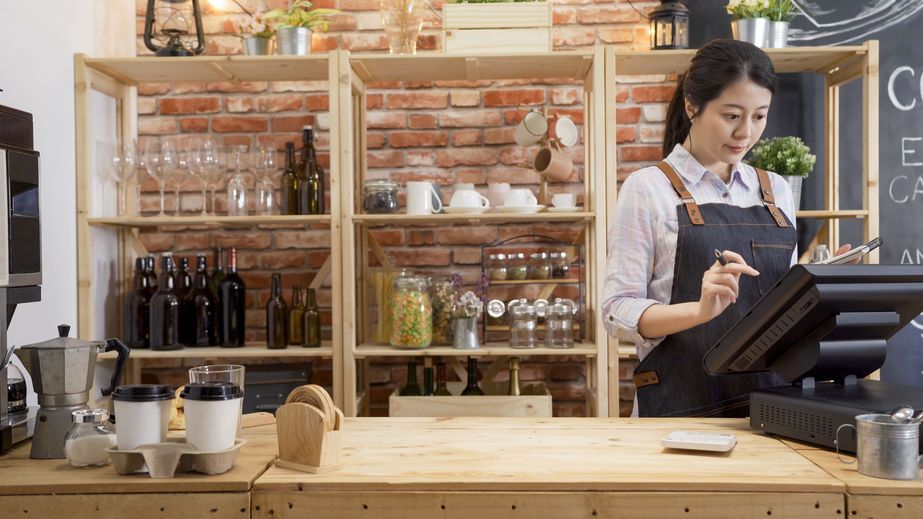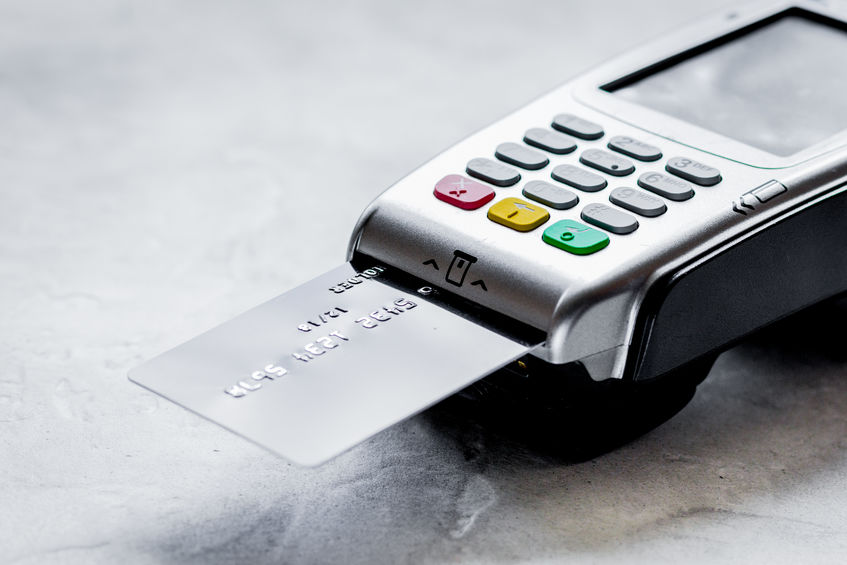Toast POS Review: The Ups and Downs of a Top Restaurant POS
Toast POS is one of the most popular point-of-sale systems in the restaurant industry. It’s known for feature-rich and easy-to-use software and a wide variety of hardware options. But while Toast POS is both highly capable and user-friendly, it does have some notable drawbacks, including the cost of payment processing and dependence on proprietary hardware. The following is an analysis of Toast’s software, hardware, and pricing, and how each contributes to or detracts from its suitability as a POS choice for restaurants of all sizes.
Toast POS Software
Toast’s POS software is what puts it ahead of a lot of the competition and makes it such a popular choice. Because Toast POS is designed specifically to serve the restaurant industry, it’s packed with features and capabilities specifically tailored to the needs of restauranteurs. While popular generalist POS systems work great in restaurant settings, Toast’s laser focus unquestionably gives it at least some advantage.
Features:
Toast bills itself as an all-in-one restaurant solution, and it’s an accurate description. There is little, if anything, a restaurant could need from a POS that Toast doesn’t do. Just some of the most useful features the software offers include:
|
|
While Toast POS offers little customization and users are locked into the system’s features, it does so much that few users will ever find themselves looking for more functionality.
Ease of Use:
Toast POS is an intuitive platform that any employee familiar with any other POS will quickly adapt to, and new POS users will be able to learn with relative ease. However, because the POS offers such a wide feature set, formal training is required to ensure the full functionality of the system can be utilized. Toast offers training and on-site implementation to help ensure restaurant teams can begin using the POS with ease within hours of its installation.
Overall Software Rating: 5/5
Toast POS Hardware
Toast’s POS hardware is a mixed bag. While Toast POS offers a wide variety of hardware solutions, the company uses a proprietary, branded hardware suite. So, while restaurants of all sizes will be able to find the right hardware options for their needs, restaurants switching to Toast from another Android-based POS may find their old hardware all but useless. Toast’s equipment is good, but it isn’t cheap, so mothballing an existing set of Android devices and buying a new set of Toast’s branded hardware is an expensive and annoying proposition. Some third-party hardware can technically be integrated, but Toast makes it difficult and won’t provide any support relating to hardware that isn’t their own.
With that being said, Toast offers a fantastic selection of high-quality devices and payment hardware. Restaurants going with Toast have access to:
- Toast Flex: A classic, counter-based touch screen POS monitor
- Toast Go 2: A handheld mobile POS for tableside ordering and payments
- Toast Flex for Guest: An upgraded Toast Flex with a smaller customer-facing monitor added
- Toast Flex for Kitchen: A Flex with a higher temperature rating for front-of-house/back-of-house communication
- Toast Kiosk: A self-serve POS monitor designed to allow customers to handle ordering without the need for a server
Toast POS also offers a variety of accessories, including contactless payment pads, cash drawers, receipt printers, connection hubs, routers, and more. Toast gains marks for choice and quality, but the proprietary nature of its hardware and the costs involved in replacing perfectly good third-party Android devices detracts.
Overall Hardware Rating: 3/5
Toast POS Pricing
Pricing is arguably the biggest area in which Toast falls short. The software and hardware package costs are in-line with most of Toast’s competitors, but because Toast handles its own payments, restaurants can’t integrate traditional merchant accounts with the POS, and must process all transactions through Toast – at a high cost.
Toast Package Prices:
Starter – From $0/month: This package offers very small restaurants a limited Toast POS setup with a single terminal; however even the smallest users will require add-ons, making the $0 monthly floor unrealistic.
New Restaurant Basics: From $140/month: This package combines the starter package with basic versions of some other Toast products, including Scheduling Lite and Payroll Lite.
Essentials – From $165/month: The most popular Toast POS package, Essentials offers all of the features included in Toast’s core POS, along with custom hardware configuration options.
Toast Payment Processing:
Toast’s payment processing – which users are locked into – offers simplicity, but at the price of significantly higher rates than those offered by most payment processors’ merchant accounts. Toast’s fee page indicates that restaurants can expect to pay fees ranging from 2.69% to as high as 3.16%, depending on the size of the check. That fee range puts Toast in line with expensive third-party processors like PayPal and far above traditional merchant accounts, which can often offer rates around 2% or even less. The difference might seem small, but with potentially hundreds of transactions per day, Toast’s higher fees can add up quickly.
Overall Pricing Rating: 2/5
While Toast is a popular and highly capable system, restaurants looking for better transaction fees and more flexibility in hardware options may be better off going with a traditional merchant account and one of the many other capable POS systems available on the market.
BAMS merchants enjoy some of the lowest fees in the industry thanks to interchange-plus pricing – the most affordable and more transparent fee model available. BAMS restauranteurs also have access to a wide variety of POS integrations, including some of the most popular in the restaurant industry like Clover, Lightspeed, Focus, and many more.
To find out more about how a BAMS merchant account can help your restaurant integrate the POS systems you need while minimizing your transaction fees, get started with a comprehensive five-point price comparison today.




